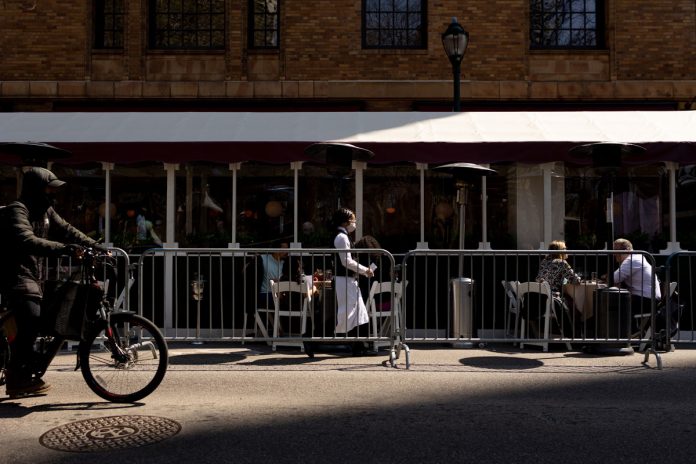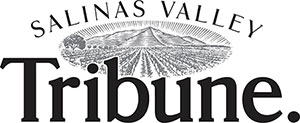
The U.S. job market remains challenging, with the government reporting Thursday that initial claims for state unemployment benefits rose last week.
A total of 741,000 workers filed first-time claims for state jobless benefits last week, an increase of 18,000, the Labor Department said. It was the second consecutive weekly increase after new claims hit a pandemic low.
At the same time, 152,000 new claims were filed for Pandemic Unemployment Assistance, a federal program covering freelancers, part-timers and others who do not routinely qualify for state benefits. That was a decline of 85,000.
Neither figure is seasonally adjusted.
“It’s surprising and disappointing,” Rubeela Farooqi, chief U.S. economist at High Frequency Economics, said of the increase in state filings. “But our expectation remains that as large sections of the economy come back online, recovery in the labor market will be ongoing.”
Increases in two states — California and New York — more than accounted for the week’s rise nationwide. Oxford Economics said it was unaware of any particular factors that might have driven claims higher in those states.
Claims rose above 1 million early in the year but have come down since then, helped by the spread of vaccinations, the easing of restrictions on businesses in many states and the arrival of $1,400 stimulus payments for most individuals.
While the rise in regular claims was a setback, the drop in Pandemic Unemployment Assistance claims was encouraging, according to AnnElizabeth Konkel, an economist at Indeed Hiring Lab.
“It’s still movement in the right direction,” she said.
Diane Swonk, chief economist at the accounting firm Grant Thornton, said the decline in Pandemic Unemployment Assistance claims could be a sign that the most vulnerable workers were finally benefiting from the uptick in hiring.
“They’ve been living on fumes, but it suggests that some of these gig workers don’t need the unemployment insurance as much as they did before,” she said.
Overall, she added, the report is “a reminder of why the Federal Reserve is being so patient — it’s really a show-me economy.”
Job postings have been outpacing job searches, she said, possibly because many workers have not been able to secure vaccines in high-risk areas and remain nervous about coming off the sidelines.
“They want a job, but there is a hesitancy there, and that’s understandable,” Swonk said.
On Friday, the government reported that employers added 916,000 jobs in March, twice February’s gain and the most since August. The unemployment rate dipped to 6%, the lowest since the pandemic began, with nearly 350,000 people rejoining the labor force.
Still, there is plenty of ground to make up.
Even after March’s job gains, the economy is 8.4 million jobs short of where it was in February 2020. Entire sectors, like travel and leisure, as well as restaurants and bars, are only beginning to recover from the millions of job losses that followed the pandemic’s arrival.
“The claims numbers are a reminder that the labor market recovery, while we still expect it to happen, has a ways to go,” said Nancy Vanden Houten, lead economist at Oxford Economics. “Things are opening up, but not uniformly, and many people are still out of work.”
Copyright 2021 The New York Times Company













